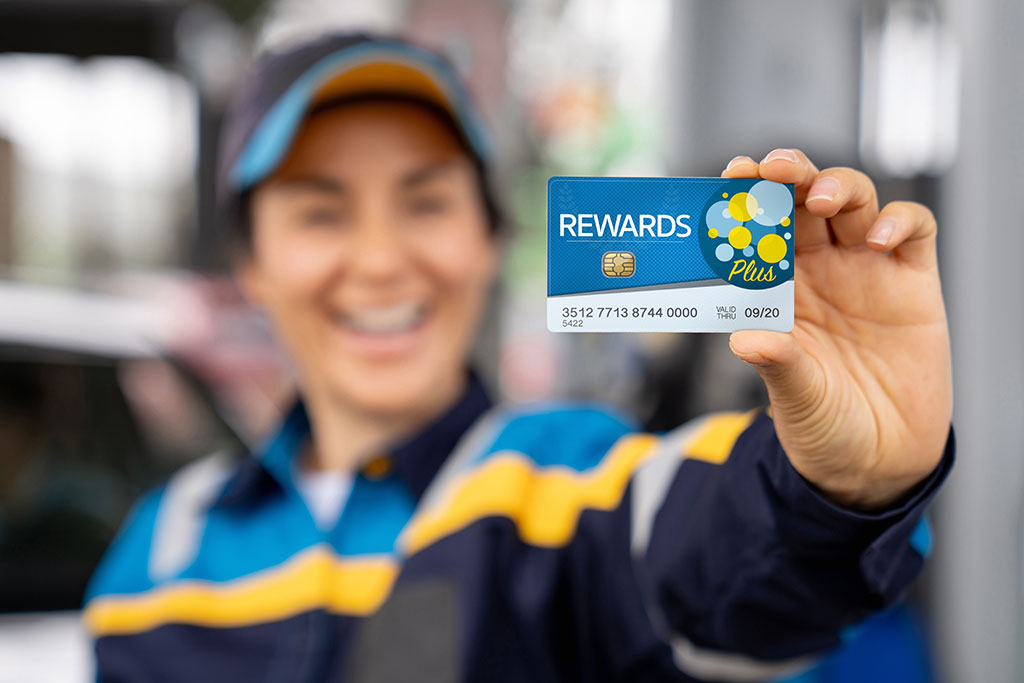The Benefits of a Loyalty Program
As essential as attracting new clients is to growing a company, long-term success relies on retaining them. One of the most effective ways to do so is through a well-designed loyalty program, a tool that not only encourages repeat business but can also enhance your brand reputation and bottom line. While the concept has changed over time, the goal remains the same—keeping customers engaged and coming back for more.
A brief history

Loyalty programs can be traced back to either ancient Egypt or the nineteenth century, depending on how you define them. During the former, people received tokens based on their work completed and class status, which they could then exchange for bread, beer, and more. However, since Egypt lacked a fiat currency, some scholars argue that these pieces functioned more like money than a true loyalty program.
Fast-forward to the nineteenth century, and you see perhaps the real origin story. American retailers began giving customers copper tokens when they made a purchase, which they could redeem for discounts on future items. By the end of the 1800s, the concept had further evolved, with companies introducing trading stamps, checks, tickets, certificates, and other collectibles that people could amass and turn in for products.
Then in 1981, the concept of the loyalty program changed dramatically thanks to the launch of American Airlines’ AAdvantage frequent flyer program, the first of its kind to reward customers with miles redeemable for future flights. This groundbreaking approach revolutionized the way businesses handled retention and ultimately led to the widespread adoption of points-based
systems across various industries, from hospitality to retail. Today, loyalty programs have evolved further with digital integration, personalized rewards, and data-driven insights, making them more effective than ever.
How and why it works

The primary value of a loyalty program is its ability to enhance customer retention. It’s widely known that acquiring a new client is more expensive than keeping an existing one, requiring up to five to seven times the cost. So by incentivizing repeat purchases, you can boost customer lifetime value to generate more profit from each person. Additionally, a loyalty program can help create emotional connections with patrons if they enjoy the benefits it provides, fostering a sense of exclusivity and belonging. In turn, this satisfaction can lead to more referrals for your business, organically expanding your clientele.
Beyond retention, these programs often yield valuable consumer data. By tracking behavior, you can personalize your business’s marketing efforts, tailor your product offerings, and even predict future purchasing trends. This can lead to better decision-making and more effective engagement strategies.
Implementing a program

To begin this journey, you need to carefully plan your approach to ensure that it benefits both your company and your consumers. The first step is to set a clear goal—whether it’s increasing repeat purchases, growing your customer base, or boosting brand engagement. Understanding what success looks like will help you determine the best type of program and how to measure its effectiveness. Here are some top ones to consider:
- Points system: Shoppers accumulate points with each purchase, which can be redeemed for discounts, freebies, or exclusive offers.
- Punch cards: Repeat visits or purchases are tracked—digitally or on paper—to allow patrons to earn a free or discounted item after reaching a set milestone.
- Tiered program: Staggered loyalty levels unlock progressively better perks, encouraging higher spending and rewarding long-term clients with exclusive benefits.
- Subscriptions: A paid membership grants access to special privileges, such as free shipping, discounts, or even VIP experiences, creating a steady revenue stream while boosting customer retention.
- Referral program: People earn rewards for bringing in new business, enabling you to leverage word-of-mouth marketing to reduce acquisition costs and strengthen brand advocacy.
When choosing a program, remember that simplicity is key. If your customers find it difficult to understand how to earn or redeem rewards, they may lose interest and take their business elsewhere. A straightforward system with clearly defined rules, such as receiving a specific number of points for every $10 spent, makes participation easy and encourages consistent engagement. Digital tools like a mobile app and automated email updates can further enhance the experience by making it effortless for people to track their rewards.
Additionally, it’s vital to align your loyalty program with your brand and your customers’ preferences. For example, a boutique fitness studio might benefit from a tiered program that rewards frequent visits, while a coffee shop might find success with a simple punch card for tracking bought drinks, which patrons can keep in their wallets. Tailoring your approach to what may appeal most to your client base will ultimately make your program more compelling and valuable, creating the repeat business that you seek. And once you launch it, make sure that your shoppers are aware of it. Put signs up in your store, post to social media, start an email campaign, and have your employees ask clients if they’ve signed up when checking out.
However, your work isn’t done at this point—regular evaluations and adjustments are essential for long-term success. Track participation rates, redemption patterns, and customer feedback to determine what’s working and what needs improvement. A program that feels stagnant or unappealing can be refreshed with limited-time bonus rewards or new tiers to keep people engaged.
When crafted and implemented with care, a loyalty program has the potential to take your organization to new heights. Focus on these key factors, and you can create one that not only rewards your customers but also strengthens relationships and drives consistent growth.
TAKE ACTION:
Review the different types of loyalty programs, and determine which one could work for your business to improve customer retention.

